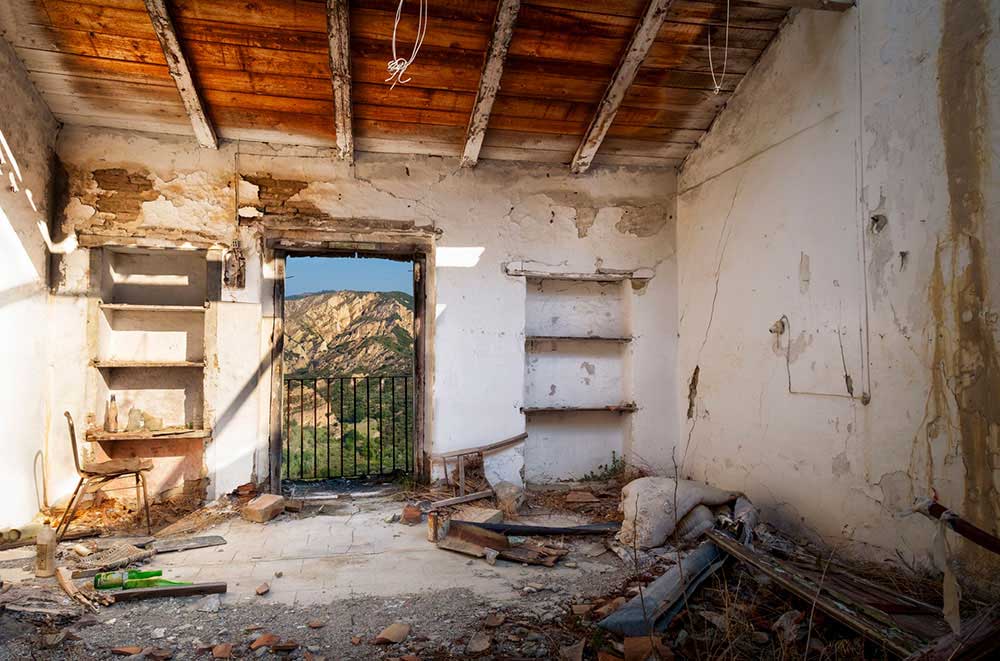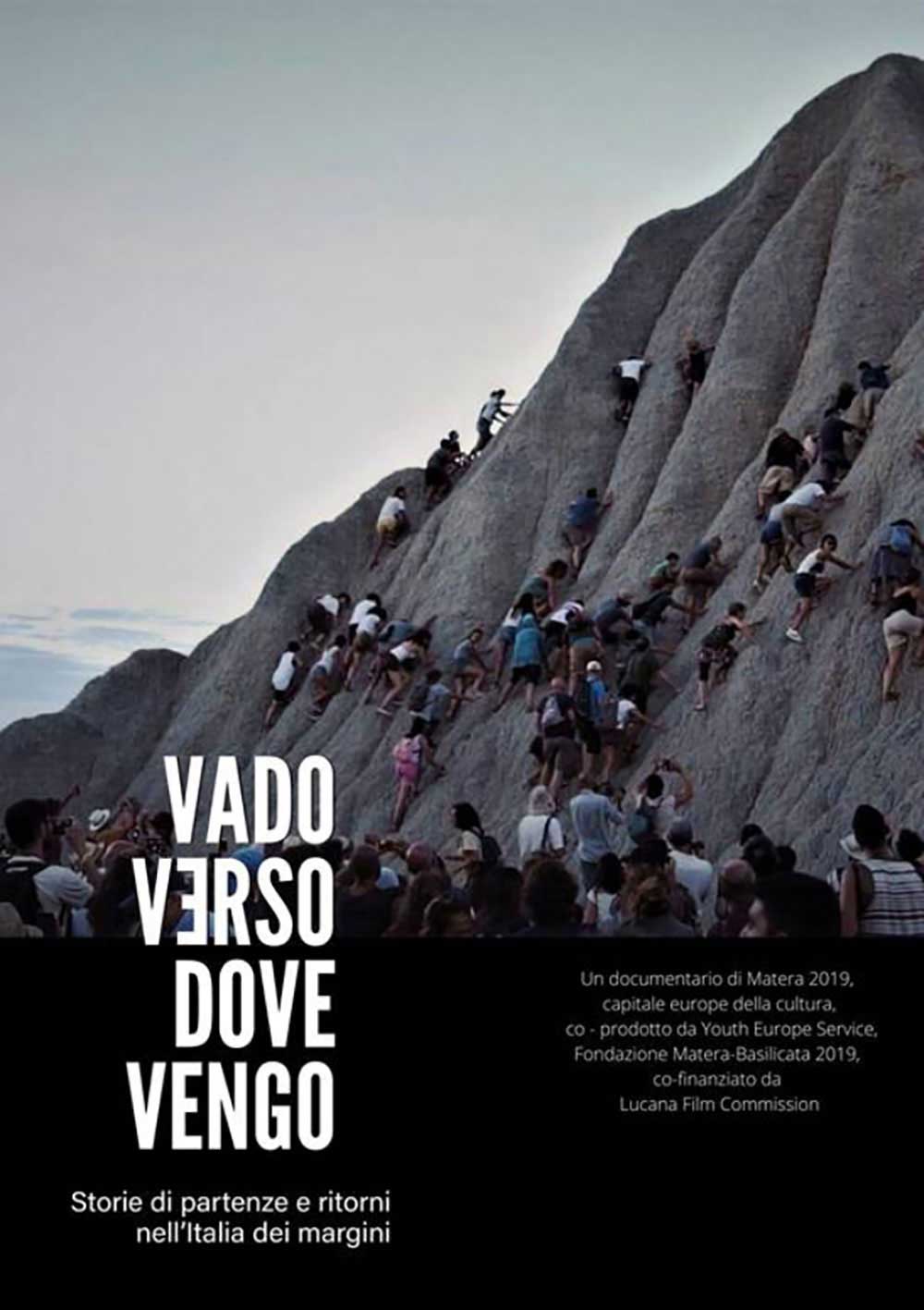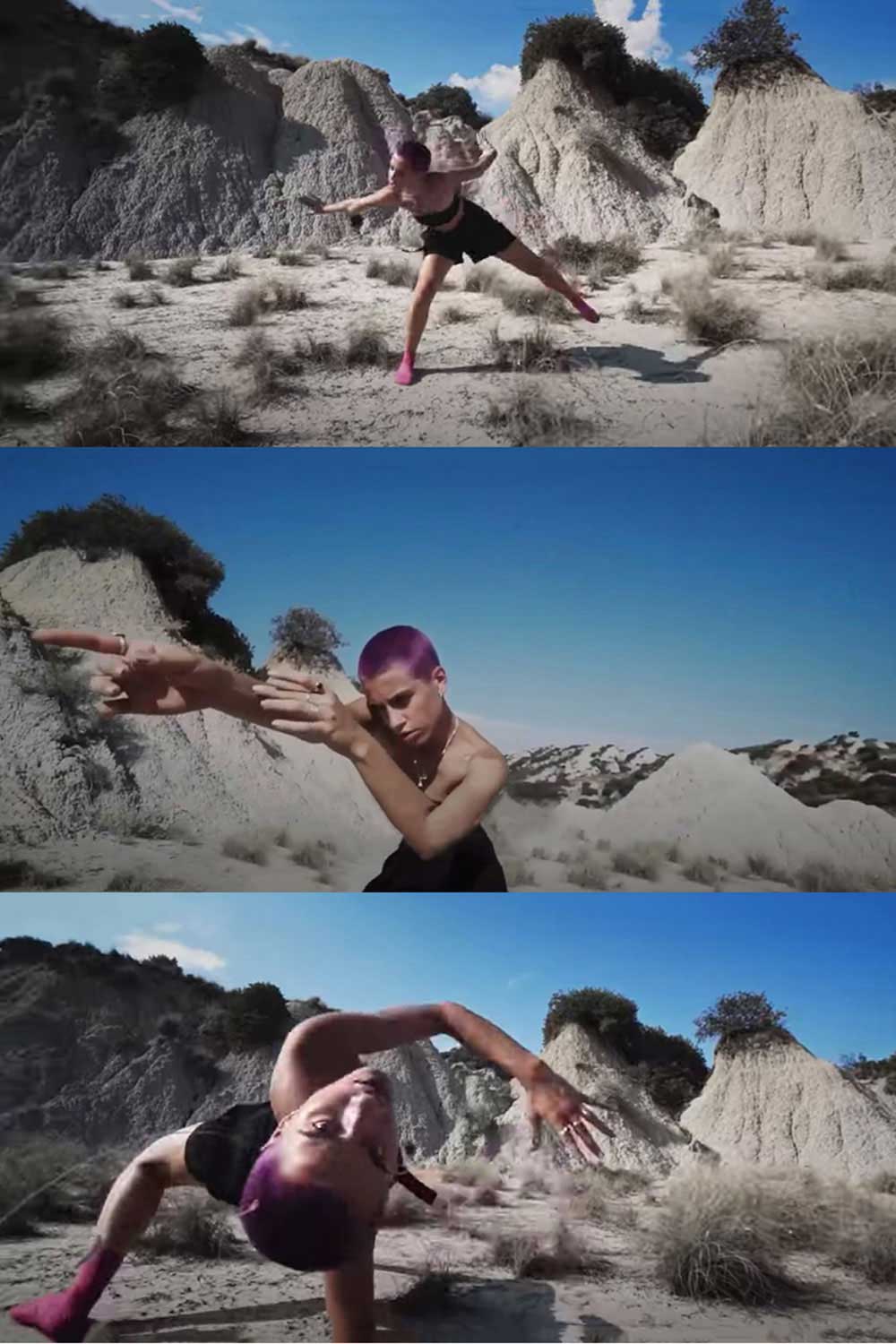Genius Loci is a Latin expression that indicates the “essence of the place”, its unique and indistinguishable nature. The Genius Loci is the bearer of identity.
In contrast to this concept, there is a tendency to standardize places… it would be enough to look at our shopping centers or the shopping areas of the cities. This trend is sustained by the incessant human flow that leaves the towns to go to live in the “cities”. Here in Spain, we much talk about “Spain emptied”, but the phenomenon goes beyond borders and already has a European, if not global, scope.
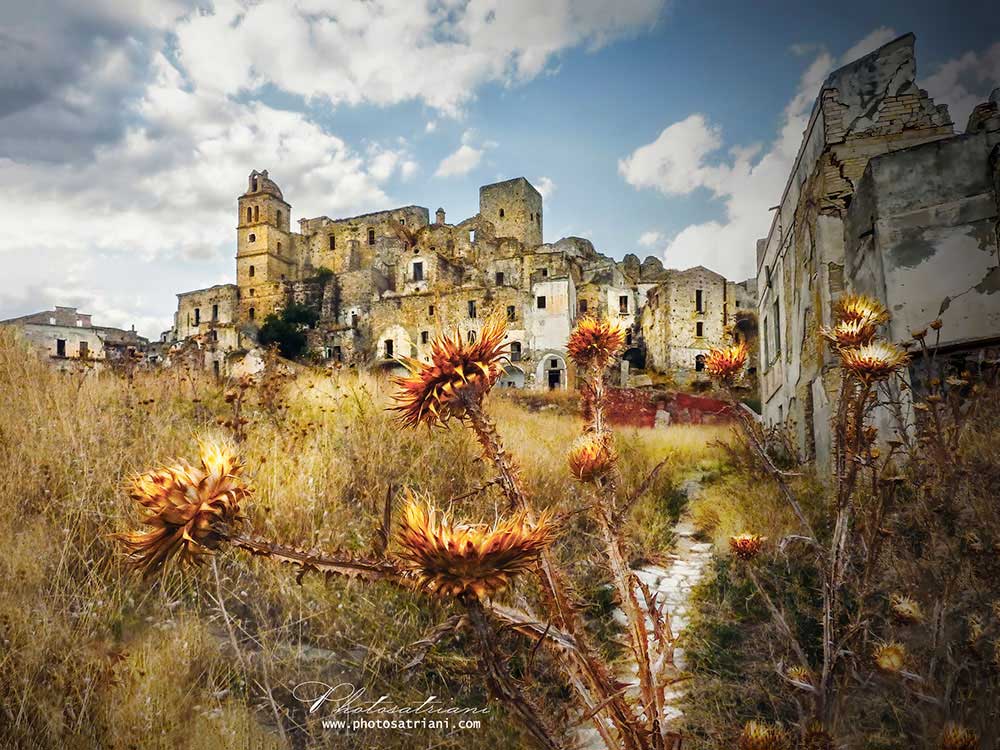
Black Holes
Many cities are already comparable to black holes: they swallow much of the human and material wealth, without often returning, not an echo of value. They are egocentric and endogamous constellations that tempt, offer opportunities, standardize and shine with their own light, turning off the world around them. With this article I try to make an appeal (by using a visual proposal) to reverse the course and provide hope for the future for those places that are fading and with them a human, social and landscape richness is fading.
In Italy, 70% of the towns have less than 5,000 inhabitants and 44% have less than 2,000. In Spain 84% of the towns have less than 5,000 inhabitants and 49% subsist with less than 500 inhabitants. Anthropologists fix at 500 the number of inhabitants below which there is a clear risk of extinction. This phenomenon can be fully extrapolated to the European level. Understanding these numbers means becoming aware of a very dangerous phenomenon of “loss of human biodiversity” that entails a personal drama for the people who suffer it on their own skin and a collective drama for Europe. How to reverse the trend? What can we do as photographers and as visual artists to help create a social movement that sees the current state as an opportunity for “Re-foundation” and “Re-birth”?
In this article, I will present two attempts that go in this direction, with the hope that other visual artists will show their proposals and that maybe Dodho can echo the visual initiatives that help to create a constructive approach to revive the places of the emptied Europe.
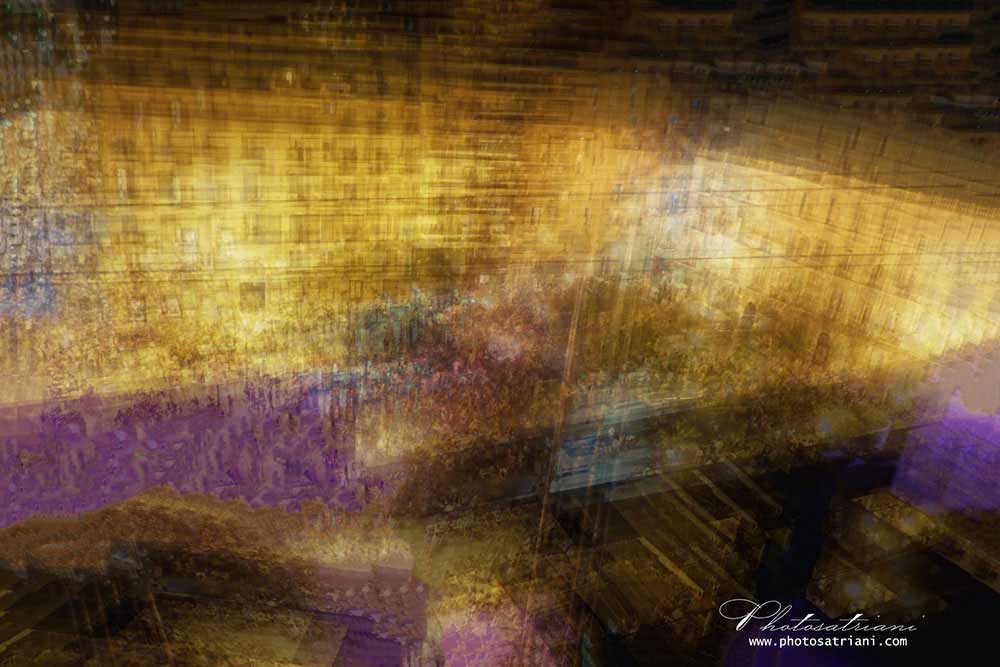
Urban archeology
Abandoned places have always attracted people because they are the witness of the unstoppable passing of time and the clear evidence that we are what those who have gone before us have been. In this sense, these places are sacred places because they embody the link between life and death. In these places you have to know how to see in the void, rather than in the matter; in the shadows, rather than in the lights.
In recent times, a massive and “romantic” photographic phenomenon has emerged and developed strongly, using urban abandonment as a photographic subject. This movement is seeking beauty in the ruins and trying to provoke nostalgic sensations of a past to which it would be nice to return, to cure us of the diseases caused by the rush, the stresses, the claustrophobia of the big cities. Some call this phenomenon Urbex (Urban Exploration), which even has its rules: “don’t touch anything, just leave your footprints and take photos”. This phenomenon does not really encourage the idea and initiatives for re-founding or rebirth these places. It is rather a race to find and show these mysterious sites to show off exploration, archaeological and law-defying capabilities (in many of these places is prohibited to access). It is quite rare for these people to reveal the location of these places.
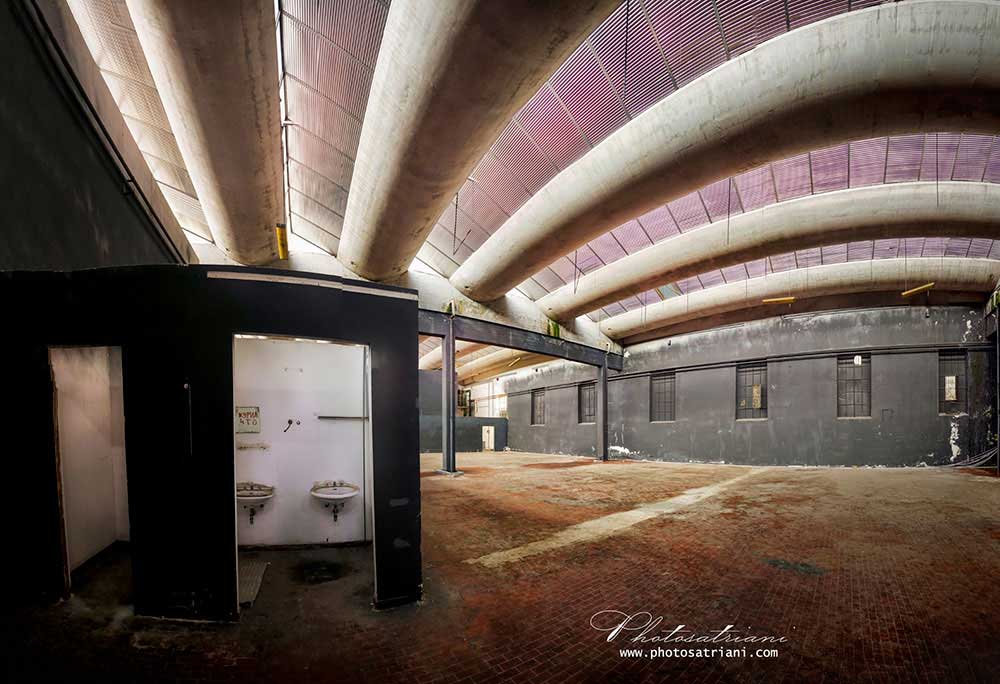
Genuis Loci
The proposal I make is that the Genius Loci be the prime mover for a new renaissance in which, to the “genius” of the individuals who have stayed, who return or simply go, the “genius” of the place is added. Pollination between this variety of individuals and the place where they meet, allows identifying cultural roots and shaping a new identity and a history of its own.
Abandoned places should be seen as the kingdom of possibilities; You should associate with them a message of hope, of return, of beginning again, of second possibilities.
The Aukera collective proposed Genius Luci in the scope of the “Hacer” PhotoEspaña 2020 call. A project that combines photography, video and music. Despite not having been selected among the four that have been awarded an exhibition at the Sala El Aguila in Madrid, it has allowed to develop materials that are available for any future proposal. A video (currently available for personal use only) and a set of images made in Aliano, an abandoned town in Basilicata that is the fulcrum of a possible rebirth thanks to many people, among whom the poet Franco Arminio, organizer of the festival “La Luna ei Calanchi“.
The Aukera collective wants to make us think about the problem of depopulation and abandonment and proposes an idea on how to reverse the course. It does so, by providing a vision of Aliano’s Genius Loci and the Genius Loci of the places where those who abandoned those places now live. Starting from this apparent distance, the collective proposes a visual metaphor that invites us to weave together the ideas, experiences and values of those who have gone away with those of who have remained, as a way to germinate new opportunities.
Go to, where I come from
Within the scope of the initiatives of “Matera Capitale Europea de la Cultura 2019”, the project “Storylines-The lucanian ways” was presented, co-produced by Youth Europe Service and Fondazione Matera Basilicata 2019, co-financed by Lucania Film Commission and made with the ethical fund Bcc Basilicata.
The centerpiece of this project is the documentary film “Vado verso dove vengo” directed by Nicola Ragone and co-authored by Luigi Vitelli. The documentary film deals with the theme of the depopulation of the rural areas of Basilicata using the approach explained in Genius Loci. It is not a film that wants to arouse nostalgia and neither denounce a hopelessly lost future. On the contrary, it is an invitation to action, it is a message of constructive hope. Through listening to the testimonies of anthropologists, poets, performers, of people who have stayed in those places and of those who have left and who return, he offers ideas of new identities or new ways of life. The film shows a virtuous contamination of human experiences, to find new solutions upon return. It is not about rebuilding an archaic time that no longer exists, but about using the things that those places have yet to tell us. These things are many: values such as sobriety, ecology, natural resources, sustainability and peasant culture; however, we have the duty to rework these values in an innovative key, to give a new meaning to life in those places, without forgetting the problems that exist and that will continue to exist if nothing is done.
For me, the central core of the film, the concept of Genius Loci that I have explained in this article and the need to take action to reverse the current situation, is visually summed up in a mysterious dance contained in the film. It is a sensual dance, extremely full of energy and the will to change. A dance that is also a metaphor for the land of Basilicata: raw, tough, brave, integral, honest, endowed with a great evocative force.
Photosatriani
I am a curious of life with idealistic tendencies and a fighter. I believe that shadows are the necessary contrast to enhance the light. I am a lover of nature, of silence and of the inner beauty. The history of my visual creations is quite silent publicly but very rich personally, illuminated by a series of satisfactions and recognitions, such as: gold and silver winner in MUSE Awards 2023; Commended and Highly Commended in IGPOTY 2022/19/18, honorable mention in Pollux Award 2019; selected for Descubrimientos PhotoEspaña (2014), Photosaloon in Torino Fotografia (1995) and in VIPHOTO (2014). Winner of Fotonostrum AI Visual Awards 2024. Group exhibitions in: Atlántica Colectivas FotoNoviembre 2015/13; selected for the Popular Participation section GetxoPhoto 2022/20/15. Exhibitions in ”PhotoVernissage (San Petersburgo, 2012); DeARTE 2012/13 (Medinaceli); Taverna de los Mundos (Bilbao); selected works in ArtDoc, Dodho, 1X. A set of my images belongs to the funds of Tecnalia company in Bilbao, to the collection of the "Isla de Tenerife" Photography Center and to the Medicos sin Fronteras collection in Madrid. Collaborator and interviewer for Dodho platform and in Sineresi magazine [Website]



